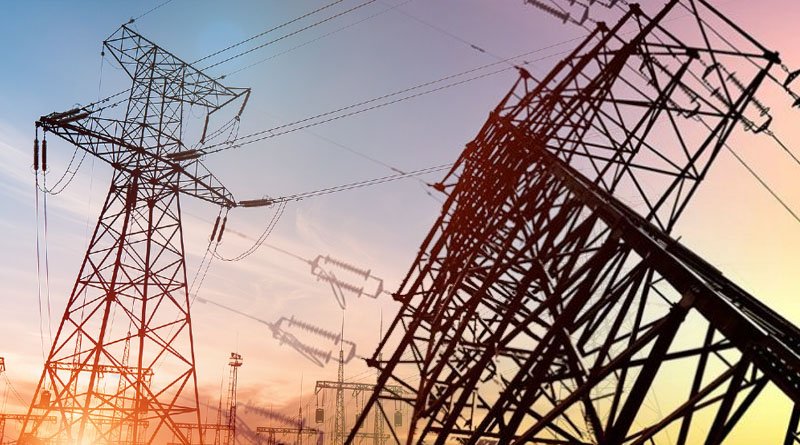The Power Division presented thorough analyses and justifications for KE’s quarterly tariff revision during discussions at a recent Economic Coordination Committee (ECC) meeting.

Economic policymakers have expressed grave concerns about the high cost of electricity production by K-Electric (KE) and asked for a comprehensive plan to reduce the cost of production.
The Power Division presented thorough analyses and justifications for KE’s quarterly tariff revision during discussions at a recent Economic Coordination Committee (ECC) meeting.
While highlighting the necessity of lowering the cost of generation, the minister of commerce questioned whether KE had a comprehensive plan in place for reducing the cost of electricity production to lessen the fiscal burden.
A minister of state for petroleum, emphasised the need for action to reduce the price of producing electricity.
The meeting was informed by the secretary of the power division that the prime minister had formed a task force to address all outstanding KE-related issues and that a separate committee was looking into KE’s expressed interest in operating Jamshoro unit-1 on Thar coal.
He disclosed that the task force had completed its recommendations and would be presenting the ECC with a roadmap.
According to sources, one of the causes of the high cost and the diversion of gas flow to less efficient captive power plants is low gas pressure in supplies coming from Sui Southern Gas Company (SSGC). Additionally, SSGC had only been supplying KE with small amounts of gas, which increased the price of generating electricity.
Recently, the Federal B Area Association of Trade and Industry called attention to the violation of the gas allocation policy in a letter to Finance Minister and ECC Chairman. The violation, which had a negative effect on Karachi residents’ electricity bills, was blamed by the association on SSGC.
Despite the power sector (K-Electric in Karachi) being given priority No. 2, it has come to our attention that SSGC is clearly violating the gas allocation policy. The association claimed: “The company is not receiving indigenous gas while influential owners of captive power plants continue to receive 210 mmcfd (million cubic feet per day) of natural gas at Ogra-approved rates of Rs. 1,100 per mmbtu and Rs. 1,200 per mmbtu.”
“This violation of the gas allocation policy has had a number of unfavourable effects.”
First off, the re-gasified liquefied natural gas (RLNG) that KE is receiving at a rate of about 70 mmcfd has increased load shedding and resulted in extremely high fuel charges adjustments (FCA) for Karachi’s 20 million residents and 25,000 industries.
As a result of the consumption of expensive fuels like imported LNG, there is also a sizable disparity in tariffs, with captive units producing electricity for Rs 14 per unit while the rest of Karachi is charged Rs 42 per unit (March 2023 bills).
From April 2022 to March 2023, KE claimed a total tariff differential subsidy of Rs184,321 million as a result of the use of pricey RLNG and furnace oil. It added that the subsidy would have been lower at Rs84,410 million if KE had been given 135 mmcfd of natural gas as decided earlier (by the cabinet in 2018).
The federal government’s budget is impacted by the difference of Rs99,911 million, and the imported LNG causes the burning of valuable foreign currency.
Additionally, the association claims that the majority of captive power units are extremely inefficient and require 0.30 to 0.36 cubic metres of gas to produce one unit of electricity.
In contrast, Bin Qasim Power Station (BQPS) 1, the least effective facility in KE, needs approximately 0.24 cubic metres of gas to generate one unit of electricity.
However, the association noted that “captive power units employ top lawyers and obtain court stays to impede efficiency checks by NEECA (National Energy Efficiency and Conservation Authority).” The association claimed that if the same gas is diverted to BQPS 3, it would only use about 0.13 cubic metres of gas.
